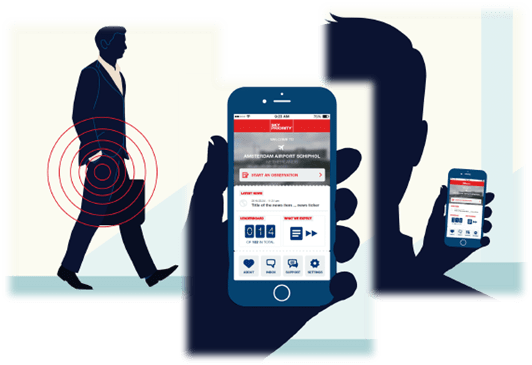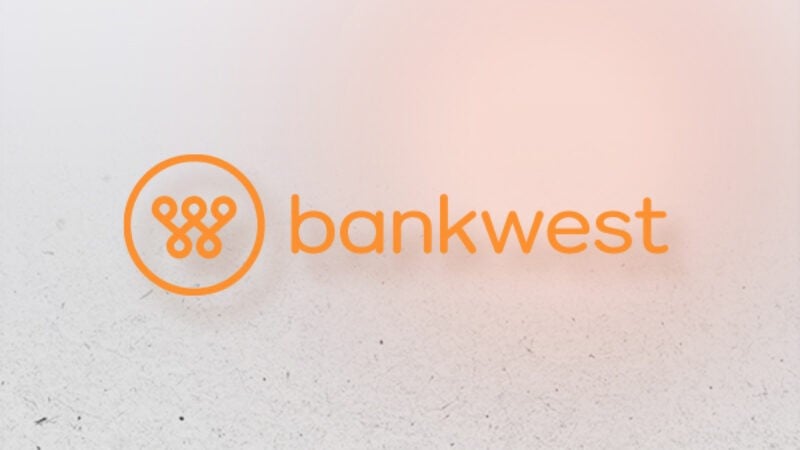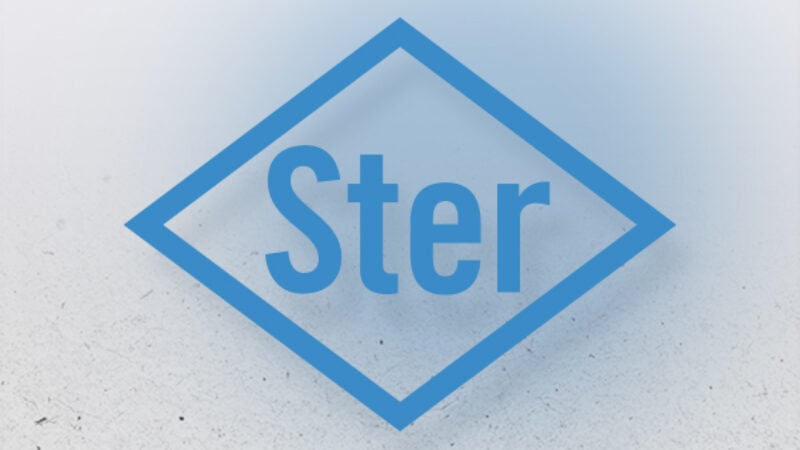Let me peek inside your occasion
Brand building is back in vogue after the crisis-led era of product discounting, but pure investment in an omnipresent brand or brand story and the subsequent tracking of brand equity at a high level is no guarantee of success. Marketers are now clambering to understand the dynamics behind the actual usage or consumption occasions of their categories with the aim to influence consumer behavior within.
Renewed focus on occasions
Let’s look at one sector, alcoholic drinks, as a case in point. Here it’s been suggested that topline growth is better linked to a brand portfolio performance within a wider context, in this case the drinking occasions themselves in which we all interact with multiple brands and make consumption choices. As drinkers, we are not necessarily organizing our drink choice behavior around a universal brand but rather our needs, feelings, company etc. within the specific occasion itself. And the dynamics of this occasion can change over time (who doesn’t remember a drinking occasion that ended up being different from what we expected….).
Some industry examples:
- Pernod Ricard announced in June that it would be switching its focus to consumption moments over omnipresent brand messaging.
- The beer industry has repeatedly made overtures to seduce the female drinker; this has manifested itself in closer scrutiny on occasions such as lunches and light snacking where beer and newer innovations such as beer mixes can appeal.
- Recently we see clear evidence that Premium Rum wants to sit alongside single-malt whisky as the drink of choice in more spoil yourself on-trade occasions.
This occasion-centered focus can be about:
- Maintaining leadership in a given occasion (e.g. where other categories are invading that turf – think about gin’s recent domination at aperitif time)
- Gaining new share/consideration in a particular drinking occasion (beer is being more readily accepted as part of food pairing)
- Developing completely new drinking occasions (zero or light alcohol during lunch occasions)
Drinking occasions can be complex
The goals may differ but what is clear is that in order to own these different drinking occasions, brands need to achieve a deep level of understanding of the complex consumer variables that are operating in that occasion.
- What are their needs in this occasion? Do I want to wind down or kick-start the party? Am I looking for unexpected experiences or just give me my favorite drink in a high quality way?
- Where is it and whom are they drinking with? What time of the day and week?
- What are all the drink consideration choices at this moment? (Increasingly we see more categories coming into scope – think non-alcoholic or low alcohol options becoming a valid choice)
- What has influenced them in their final choice? A promotion or maybe a recommendation by the cute bar staff? Which brands or categories came in or went out from their original consideration set during this occasion?
- What would they welcome more from the channel or brands involved to make a better choice in that occasion?
To gain this deep contextual understanding and assess the performance of brands in these occasions, we need to move beyond traditional brand tracking surveys or other quantitative U&A-type surveys. Why? These methods are usually relatively poor in capturing the in-context behavior of consumers and rely heavily on post-recollection of the occasion dynamics that were at play and outlined above. Post-recollection of drinking occasions is also arguably a limitation of classic qualitative focus groups or one-to-one interviews. We also potentially lose the value added by crowd interpretation to help account for each other’s behavior, which can be particularly present in social situations.
Narrowing the Recall/Reality Gap
So what could be the way forward to really peek inside the drinking occasions for our target consumers? Well, any technique to better capture the real time landscape of a drinking occasion would be beneficial.
Why not take advantage of overwhelming penetration of mobile devices and introduce short capture your drinking moment ethnographic research tasks that can be an interesting add-on to a quantitative brand tracker or U&A or part of a dedicated qualitative project in itself? Through photos, videos and storytelling uploaded from mobile devices, we can easily bring to life the complexity of these drinking occasions and the performance of brands and categories within. Think Live from the bar or liquor store.
Example research questions could be: Why are certain brands or categories chosen more than others right now? For an aperitif occasion, what are all the categories that are in scope? What are the latest drinks to be paired with food? Why is a certain spirit losing preference in a party/going out occasion?
A recent case, though not FMCG, is the mobile-based research platform we have created for SkyTeam. In 2012, SkyTeam introduced SkyPriority – the alliance-wide, red carpet treatment for top customers. The mobile platform enables a group of High Value customers to observe the quality of SkyPriority implementations across touchpoints and airlines by manner of a mobile app. These customers use the app to share their experiences (surveys, stories, pictures) within actual defined travel occasions, such as transit lounges, check-in etc.

Another relevant case is the one we ran for Pepsi Lipton, that wanted to better understand consumers’ food and beverage occasions and assess how their brands are performing against needs within these key occasions. Through an online, mobile-enabled community, we brought to life these key occasions with a specific context and derived drivers/barriers for Iced Tea and their competitive set.
“This project brought both granularity and richness to our understanding of key iced tea occasions. By living and breathing snacks and meals with our targets, we were able to dimensionalize a ‘hero occasion’ for each brand and also identify and prioritize occasions where the brand can grow.” Sarah Maloy, Director Consumer Insights at PepsiCo
5 things to remember:
- Are you tracking only your brand or the real occasion dynamics that underpin it
- Occasions are more complex than we may think
- Are you fully aware of all the competing categories and brands that are present in your targeted occasions
- Post-recollection of these occasions will be unlikely to provide you with all the answers
- Think about peeking in a sensible and familiar way, capitalizing on mobile technologies and the desire to share experiences




